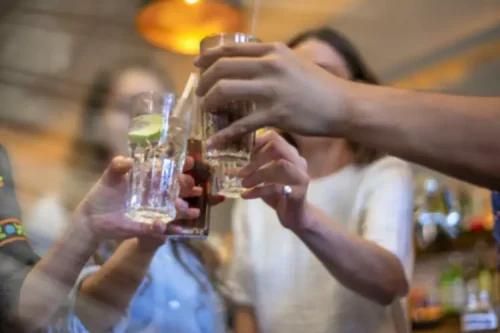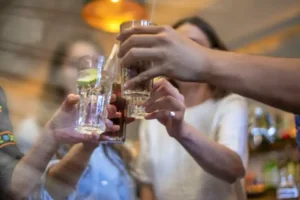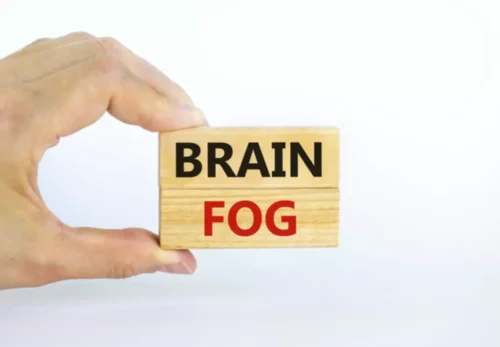Behavioral addictions are is cannabidiol addictive compulsive behaviors that can be as damaging as chemical dependencies. Gambling, sex, and food are a few of the most common types of behavioral addictions. Addiction is a complex condition with a psychological and physiological need to seek out certain substances or behaviors despite harmful consequences. The most significant safety concern with CBD is that it is primarily marketed and sold with very minimal regulation.
What Are The Effects Of CBD?
However, there is no evidence to confirm that CBD has significant adverse effects. Over the years, marijuana farmers have selectively bred their plants to contain high levels of THC and other compounds that suited their interests. The National Center for Complementary and Integrative Health cautions that CBD may be harmful to some people. In some studies, the use of Epidiolex was linked to liver problems and drug interactions. Research also suggests that CBD may be helpful for alleviating symptoms of anxiety.
- Research is ongoing to learn more about the therapeutic properties and health effects of CBD.
- It’s important to remember that everyone has a different experience with CBD.
- The research is still emerging on CBD and its ability to support homeostasis, but clinical evidence shows that CBD has a wide range of potential health benefits.
- When you suddenly stop taking CBD, you’re likely not going to experience withdrawal symptoms.
- Starting your CBD journey requires careful planning and attention to detail.
- Its potential impact on mental health conditions such as anxiety and depression has been a specific point of interest for many.
- It showed that CBD reduced the number of cigarettes smoked by 40 percent compared to placebo-treated patients.
The Takeaway: Can You Get Addicted To CBD Oil?
- While most major cannabinoids like THC and CBG bind to cannabinoid receptors (CB1 and CB2), which are found throughout the body and deliver signals for the brain to interpret.
- Studies and clinical trials consistently indicate that CBD is not addictive.
- CBD products may also contain higher levels of THC than stated on the label.
- If you’re not into it though, there are plenty of brands that offer flavoured options – just make sure you’re opting for a brand you trust.
- NowPatient can be accessed by downloading the App or using your web browser.
However, it’s still important to keep in mind that CBD is not well-regulated, and its side effects may change when used in combination with other substances. With the recent legalization of marijuana in many states, cannabis has been receiving increased public attention. Cannabidiol (CBD) is a substance that naturally occurs in the cannabis plant, but it does not produce the same ‘high’ side effects as marijuana.
- CBD has been effective at improving anxiety symptoms in these studies, with doses ranging from 6 mg to 400 mg per dose.
- Broad spectrum CBD contains all of the cannabinoids and terpenes in the cannabis plant, except THC.
- A 2014 study found that CBD helps to lower the production of sebum that leads to acne, partly because of its anti-inflammatory effect.
How Much CBD Should You Take to Improve Sleep?
However, it is important to note that many CBD products may contain some level of THC. Federal law requires that hemp-derived CBD products contain less than 0.3% of THC. Another cause for concern is the unreliability of the purity and dosage of CBD in products.










